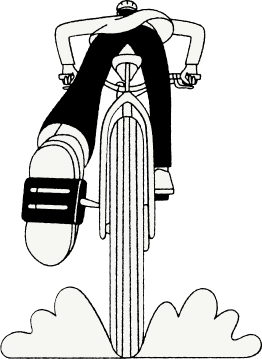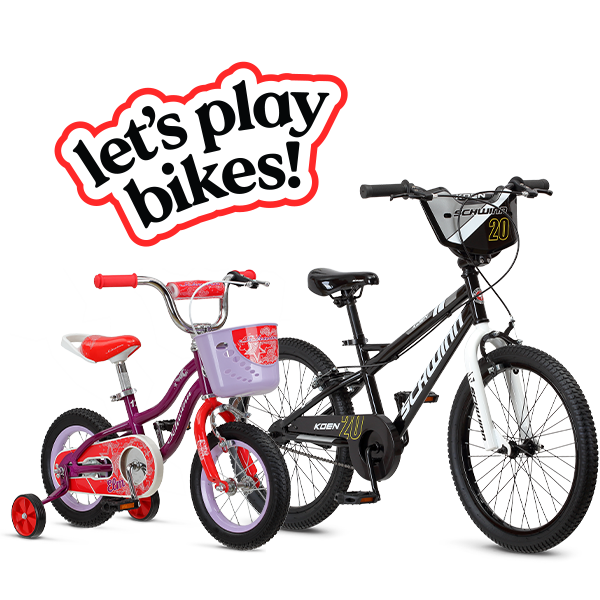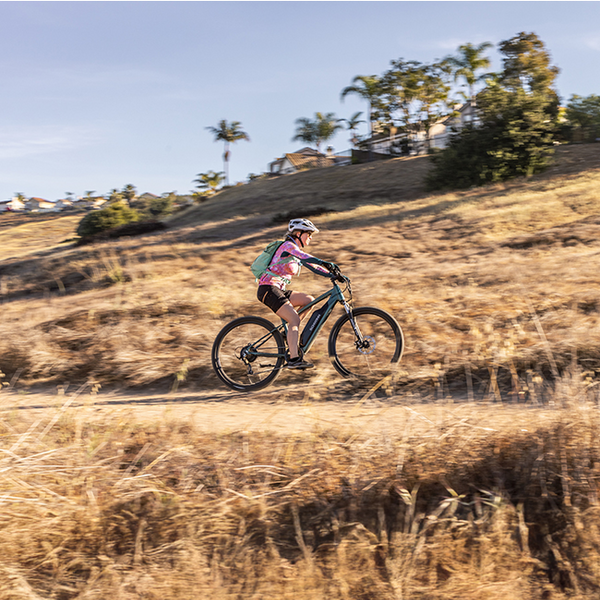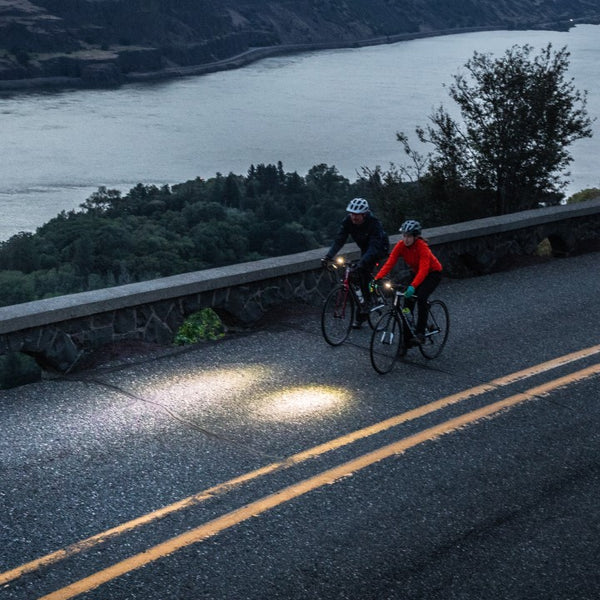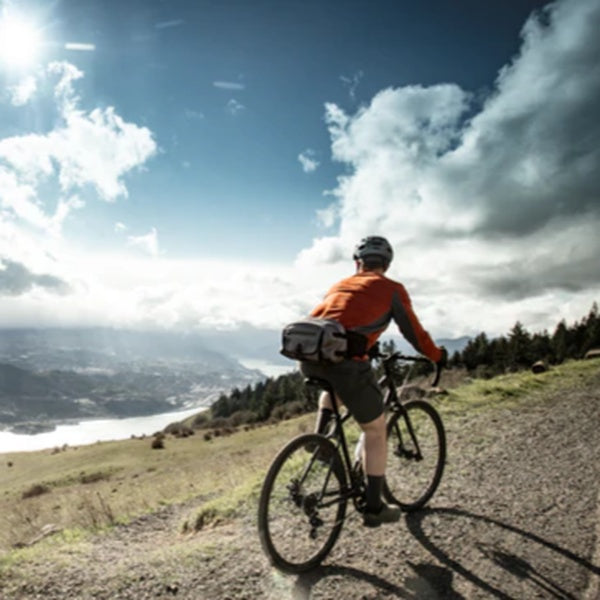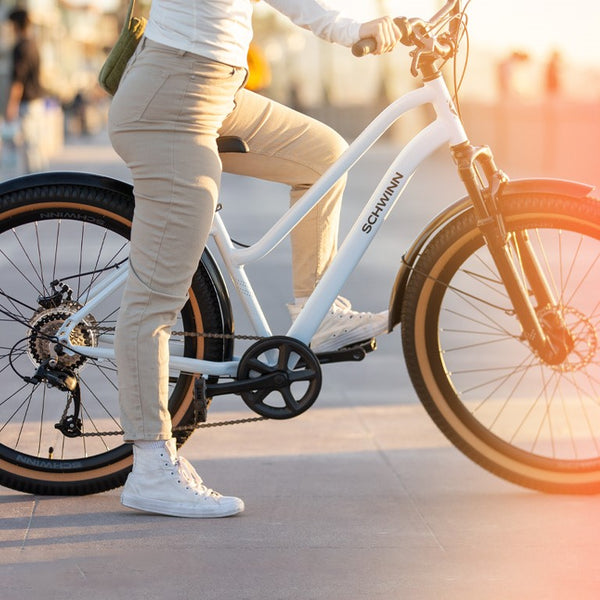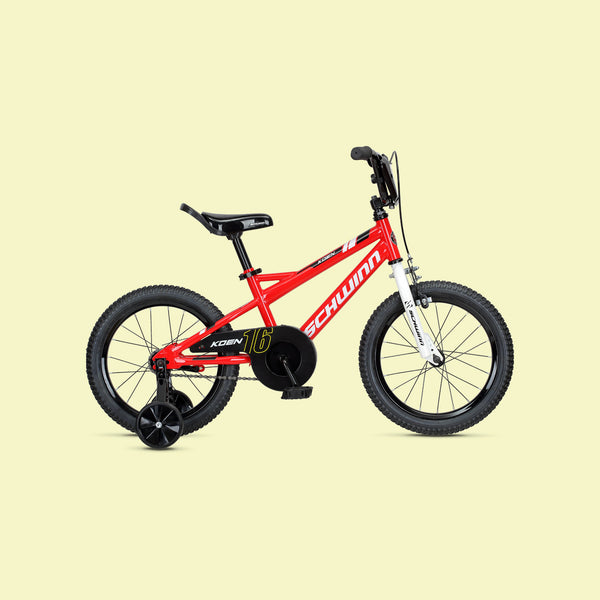Whether it's to work, classes, or even just to the grocery store, commuting by bike is the way to go. Bike commuting saves money on transit and improves your health while also reducing your impact on pollution in your area.
But if you live in a big city, you might feel a little wary of making trips on your bike. It's common to feel cautious or unconfident in your riding when faced with the chaos of city traffic but with a few tips, you can build up your confidence to conquer your ride.
Check out the following video by our friend Kelsey Leigh over at her YouTube channel and read on to learn her tips and tricks to increasing confidence in your city commute.
Before any ride, do a once-over on your bike to make sure everything's running smoothly. Here are some things to look for:
- Tires: check that they're properly inflated (visit our bike tire pumping blog for tips).
- Brakes: test them before you hop on the bike.
- Chain: glance to see that it’s correctly attached.
- Lights: if you’re biking at night, make sure your front and rear lights are fully functional.
We've covered much of this in our pre-ride bike check guide — check out that blog for additional information.
2. Be prepared.It is important that you are prepared with whatever safety equipment is necessary for your ride. This includes your helmet, bright lights if you're going to be riding during darker hours, and sunglasses to protect your eyes from the sun and debris that might be flying around on a windy day.
You'll also need to check the weather before you leave so that you are dressed appropriately, stay comfortable and maintain your focus. It is also great to wear bright colors for added visibility while you ride, or you can simply opt for brightly colored accessories like a helmet and a bag to place all your belongings in on your ride.

Mapping out your route before you go can help reduce stress and ensure that you are in tune with the flow of the traffic. Have a route in mind you're ready to tackle (and commit to regularly)? Take a practice ride on a Saturday morning or Sunday when traffic is quieter and the roads aren't as hectic. This way you can have an easy, relaxing ride that will accustom you to your route.
4. Maintain awareness of your surroundings.While you are riding, keep your head on a swivel and frequently employ the use of quick, over-the-shoulder checks so you know what cars are behind you or in the next lane over.
This is necessary before switching your position in traffic (you'll almost definitely have to do that at some point) or making a turn. It's also a good way to let drivers know that you can see them and that you expect them to give you enough space.
5. Identify possible hazards in the bike lane.Keeping an eye on the road to identify potential problem spots in a bike lane is important. Just because you are riding in a painted cycling lane does not mean that they will be safe. It is important to be aware of what is happening all around you on your ride so that if you need to make an adjustment to avoid a potential hazard you will have plenty of time to do so.
6. Keep track of your time.Anyone who's driven a car for a while has a good sense of how long it takes them to get places. As you transition to commuting on a bike, tracking time is essential. It won't matter if you're not pressed for time and biking to the store, but it's super important when you're biking to work or to other time-sensitive events.
For routes you know will become regulars, go on a practice ride and set a timer right as you set off (or just glance at the time). Check the clock as soon as you arrive and see how long it took you. Remember to factor in things like traffic, weather, or if getting to work, how long it will take to change and get to your desk.
No matter if you're cruising on the Schwinn Wayfarer, eMonroe 250, or another great commuter bike, these tips will help set you up for success. Congrats on getting into bike commuting in the city! You're truly making a difference and we're thankful for you.
